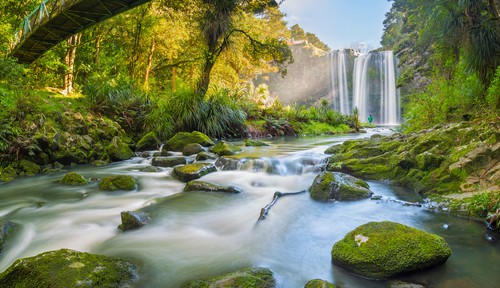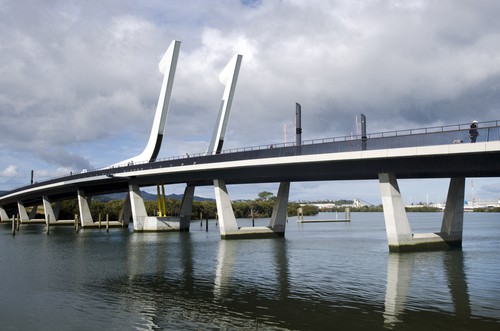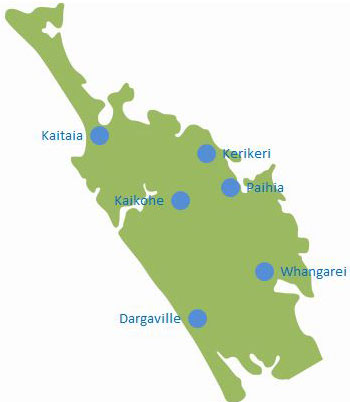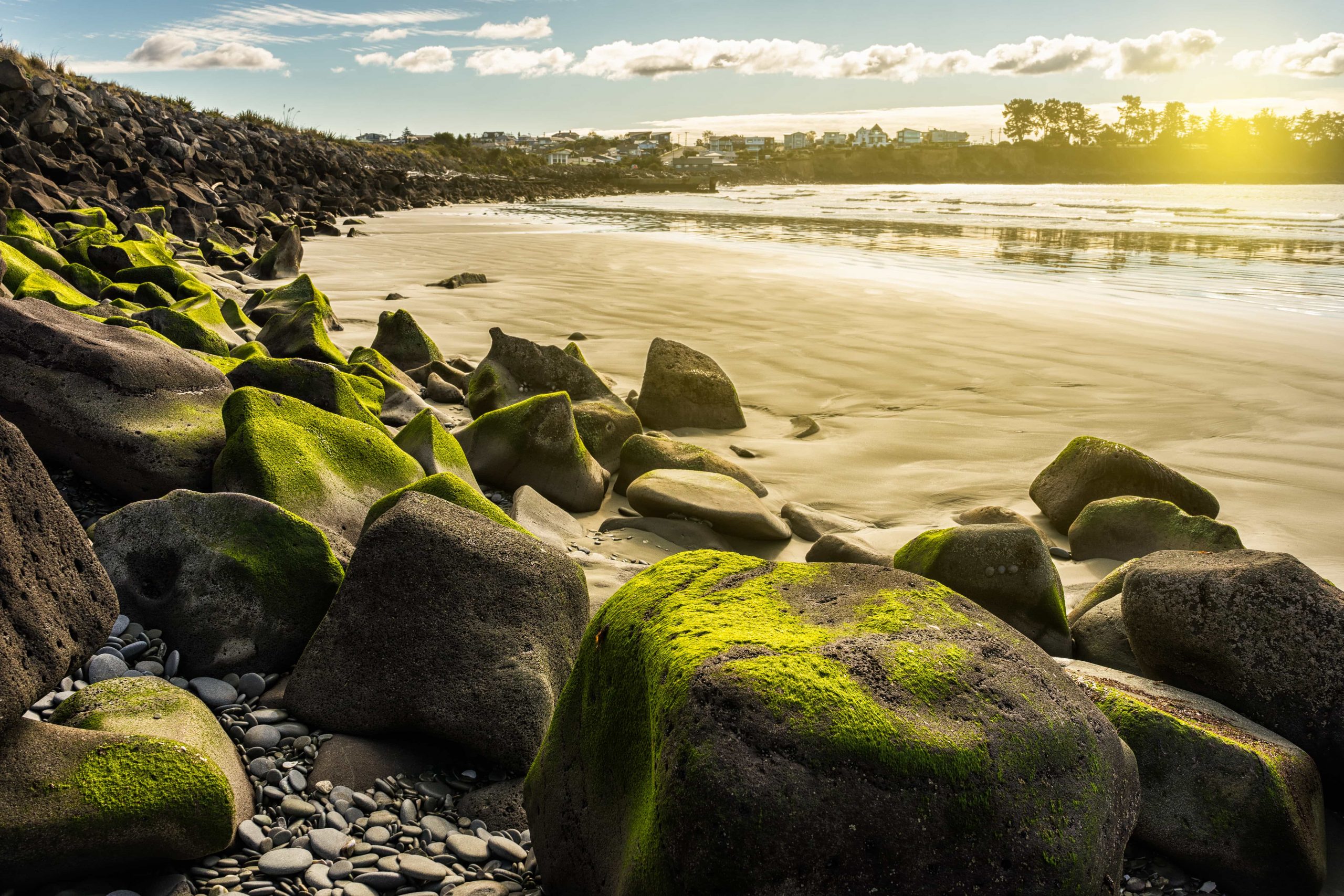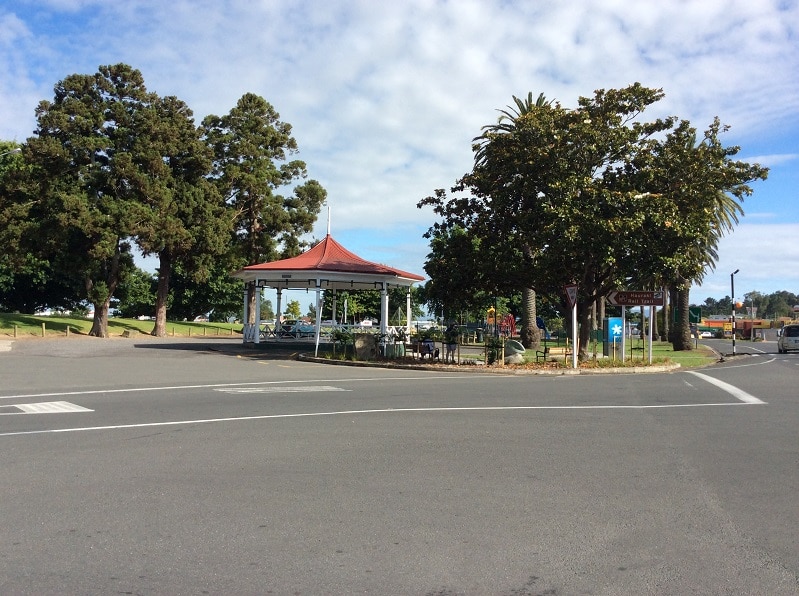Introducing
The Whanganui District, located on the west coast of New Zealand's North Island, is a region of contrasts and surprises, where a vibrant arts scene, rich history, and breathtaking natural wonders come together to create a truly unforgettable destination.
Thriving Arts Scene and Creative Community
One of the most distinctive features of the Whanganui District is its thriving arts scene, which has earned the region a reputation as a hub of creativity and innovation. The city of Whanganui, in particular, is home to a vibrant community of artists, craftspeople, and performers, who draw inspiration from the region's stunning natural beauty and rich cultural heritage.
Visitors to the Whanganui District can explore a wide range of galleries, studios, and workshops throughout the region, showcasing the work of local and national artists in a variety of mediums, from painting and sculpture to glassblowing and textiles. The Sarjeant Gallery, located in the heart of Whanganui, is a must-visit destination for art lovers, with its collection of over 8,000 works spanning centuries of New Zealand and international art.
Rich History and Cultural Heritage
In addition to its thriving arts scene, the Whanganui District is also known for its rich history and cultural heritage, which dates back centuries to the earliest Māori settlements in the region. The city of Whanganui, which means "big bay" or "big harbor" in Māori, has long been an important center of Māori culture and trade, with several significant marae (meeting grounds) and pa sites located nearby.
Visitors to the Whanganui District can explore this rich cultural heritage through a variety of museums, historic sites, and cultural experiences throughout the region. The Whanganui Regional Museum, for example, houses an extensive collection of Māori artifacts and taonga (treasures), as well as exhibits on the region's European settlement and industrial heritage. The Putiki Marae, located just outside the city, offers visitors a chance to experience traditional Māori hospitality and learn about the history and customs of the local iwi.
Natural Wonders and Outdoor Adventures
Of course, no visit to the Whanganui District would be complete without experiencing the region's stunning natural wonders and breathtaking landscapes. The district is home to a diverse range of ecosystems and landscapes, from the rugged coastline and wild surf beaches of the Tasman Sea to the lush native forests and winding rivers of the interior.
One of the most popular natural attractions in the Whanganui District is the Whanganui National Park, a vast wilderness area that encompasses over 742 square kilometers of pristine native forest, deep river gorges, and remote backcountry. The park is home to the Whanganui River, the longest navigable river in New Zealand, which offers a range of scenic walks, kayaking trips, and jet boat tours for visitors to enjoy.
Other popular outdoor activities in the Whanganui District include hiking, mountain biking, and fishing, with a variety of trails, parks, and reserves available throughout the region. The Bushy Park Sanctuary, located just south of Whanganui, is a must-visit destination for birdwatchers and nature lovers, with its ancient rainforest and diverse array of native bird species, including the rare and endangered hihi (stitchbird).
Conclusion
The Whanganui District is a region that truly has it all – a thriving arts scene, rich history, and breathtaking natural wonders that offer something for everyone. Whether you're a culture vulture, a history buff, or an adventure seeker, this stunning corner of New Zealand's North Island is sure to leave you inspired and amazed.
